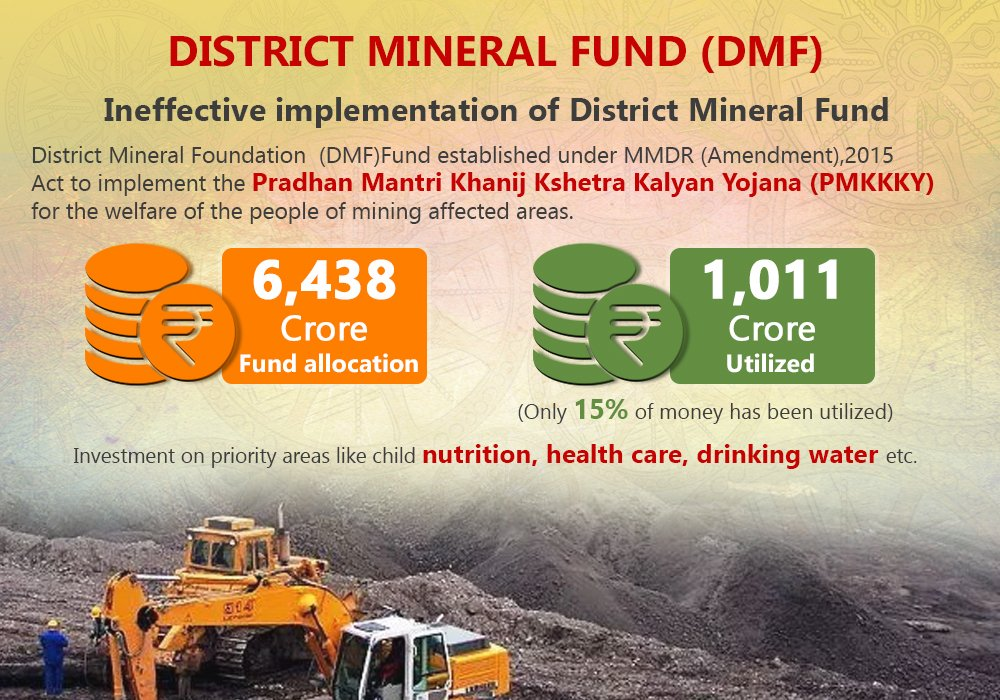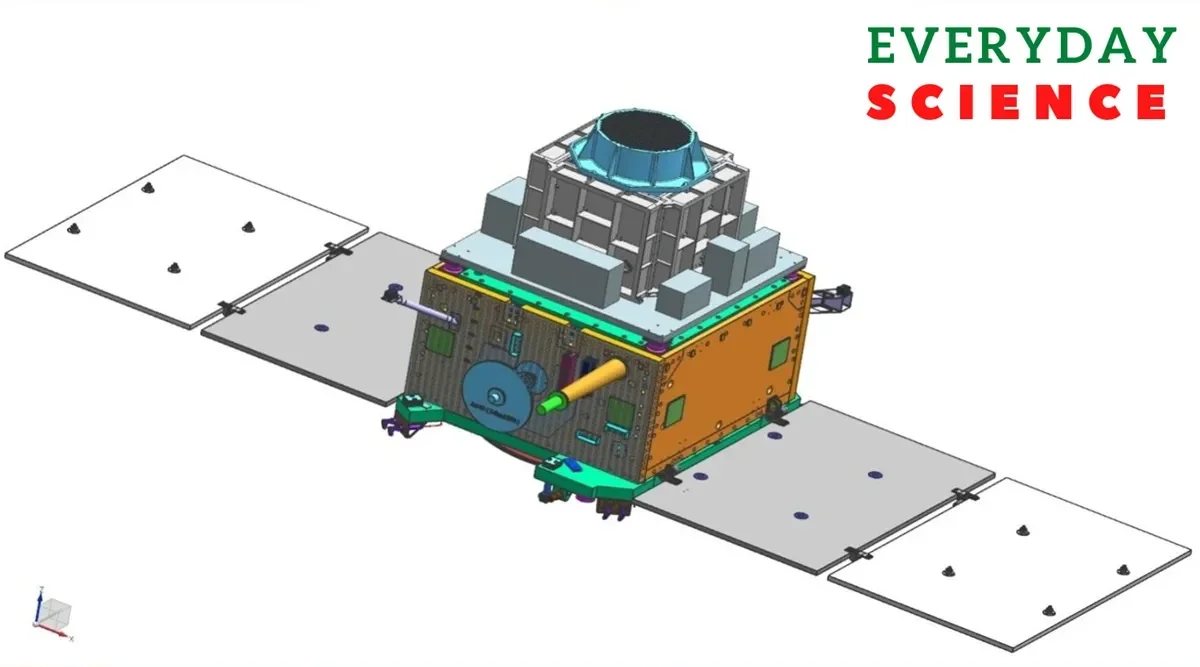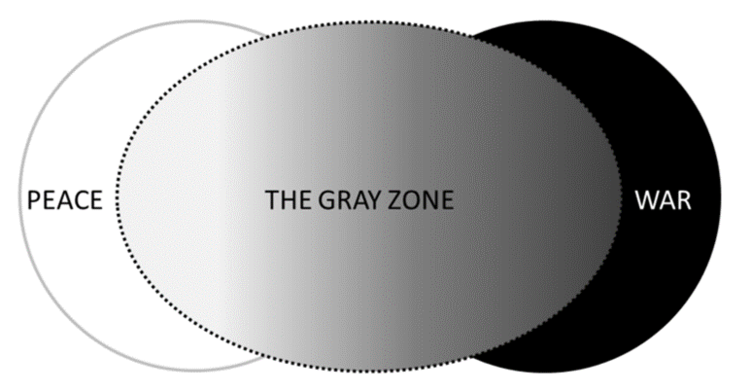
Coordinated Lunar Time (LTC)
Subscribers of "Current Affairs" course can Download Daily Current Affairs in PDF/DOC
Subscribe to Never Miss an Important Update! Assured Discounts on New Products!
Must Join PMF IAS Telegram Channel & PMF IAS History Telegram Channel
- Context (IE): Last week, the US White House instructed NASA to establish a time standard for the Moon. This standard will help international bodies and private companies coordinate their lunar activities.
- The goal is to finalise a strategy for establishing Coordinated Lunar Time (LTC) by the end of 2026.
How does Earth’s standard time work?
- Most clocks and time zones worldwide are based on Coordinated Universal Time (UTC).
- UTC is set by the International Bureau of Weights and Measures in Paris, France.
- It serves as the internationally agreed-upon standard for world time.
- UTC is tracked by over 400 atomic clocks placed around the globe.
- Atomic clocks measure time using resonant frequencies of atoms like cesium-133.
- In atomic time, a second is defined as the period in which a caesium atom vibrates 9,192,631,770 times.
- Countries adjust their local time by adding or subtracting hours from UTC.
- This adjustment depends on their distance from the Greenwich meridian.
- Countries west of the Greenwich meridian subtract hours from UTC.
- Countries east of the meridian add hours to UTC to get their local time.
Why do we need a standard time for the Moon?
Time is not absolute in the Universe
- UTC cannot determine time on the Moon because time flows differently there.
- Einstein’s Theory of General Relativity (Gravity bends both space and time) explains this concept.
- Due to the Moon’s less gravity, time ticks slightly faster there. On the Moon, an Earth-based clock will appear to lose approximately 58.7 microseconds per Earth day.
- Although the discrepancy seems small, it can cause problems in various scenarios.
- For example, it can affect spacecraft docking, timing of data transfer, communication, and navigation on the Moon.
Risk of collision when multiple spacecraft operate together
- Space organisations of each lunar mission currently use their own timescale, which is connected to UTC.
- For instance, NASA’s Lunar Reconnaissance Orbiter (LRO) and ISRO’s Chandrayaan 2 Orbiter both orbit the Moon in similar polar orbits.
- To prevent potential collisions, their mission control teams communicate and synchronise their operations standards. They adjust their timing based on differences in orbit calculations and timekeeping methods. This coordination helps ensure the safety and efficiency of lunar missions.
- The current approach works for a few independent lunar missions. However, problems will arise when multiple spacecraft operate together simultaneously. This scenario is likely to occur soon.
- NASA’s Artemis program targets sending astronauts to the Moon by September 2026.
- China plans to land its astronauts on the lunar surface by 2030.
- India aims to reach the Moon by 2040.
- Various countries are looking to establish a human presence on the Moon in the coming years.
- Proposals for constructing a long-term human outpost on the Moon are being considered.
- Given these plans, a standardised lunar time system is necessary.
How will a lunar standard time be established?
- Details regarding the creation of a time standard for the Moon are currently unclear.
- According to a White House official, atomic clocks can be used on the lunar surface to establish a time standard, similar to Earth’s.
- A report published in the journal Nature in 2023 suggests the necessity of deploying at least three atomic clocks on the lunar surface. These clocks would operate at the Moon’s natural pace.
- Their outputs would be merged using an algorithm to produce a more precise virtual timepiece.
- Combining the outputs from multiple clocks can create a unified time standard for the Moon.
- This independent lunar time can be synchronised with Coordinated Universal Time (UTC) for coordinated operations with Earth.





![PMF IAS Environment for UPSC 2022-23 [paperback] PMF IAS [Nov 30, 2021]…](https://pmfias.b-cdn.net/wp-content/uploads/2024/04/pmfiasenvironmentforupsc2022-23paperbackpmfiasnov302021.jpg)











